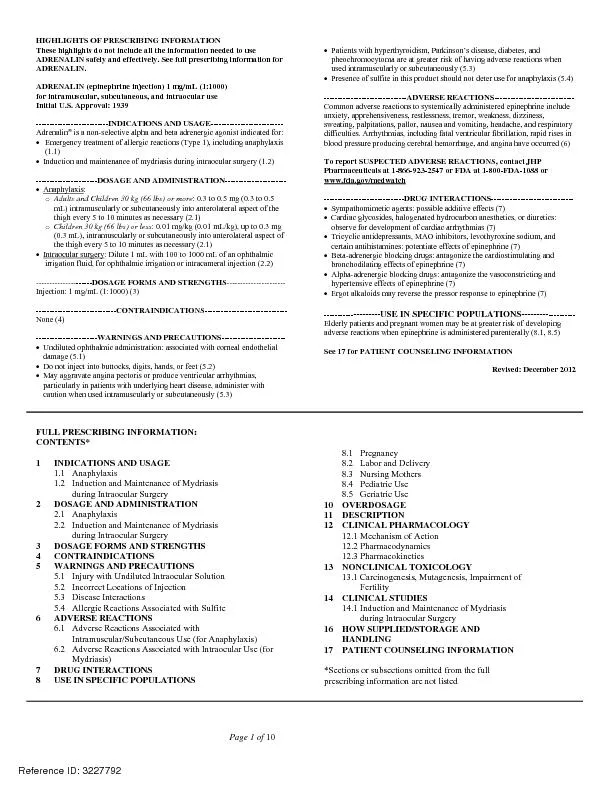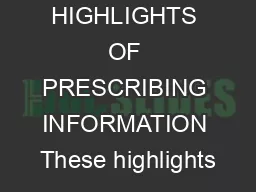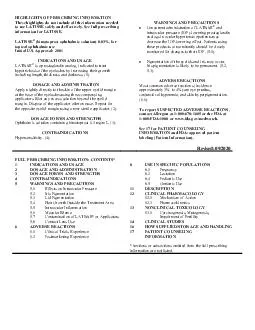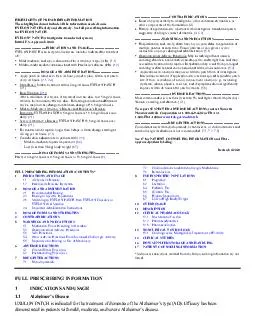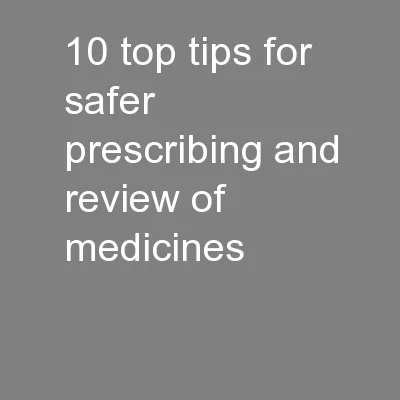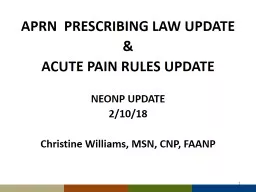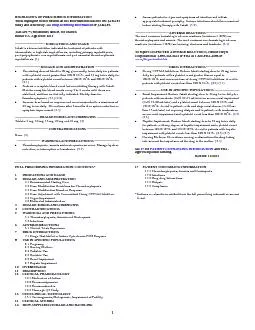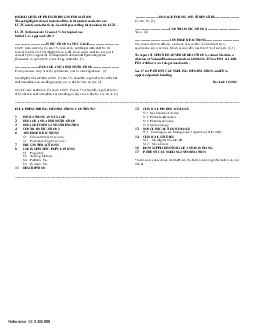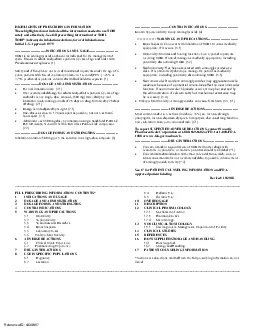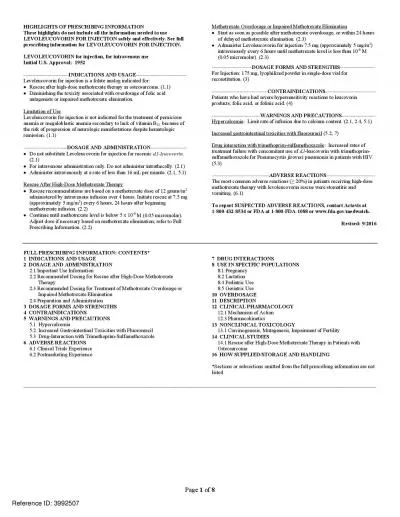PDF-Page 1 of HIGHLIGHTS OF PRESCRIBING INFORMATION These highlights do no
Author : luanne-stotts | Published Date : 2016-10-02
Adults and Children 30 kg 66 lbs or more 03 to 05 mg 03 to 05 mL intramuscularly or subcutaneously into anterolateral aspect of the thigh every 5 to 10 minutes as
Presentation Embed Code
Download Presentation
Download Presentation The PPT/PDF document "Page 1 of HIGHLIGHTS OF PRESCRIBING INFO..." is the property of its rightful owner. Permission is granted to download and print the materials on this website for personal, non-commercial use only, and to display it on your personal computer provided you do not modify the materials and that you retain all copyright notices contained in the materials. By downloading content from our website, you accept the terms of this agreement.
Page 1 of HIGHLIGHTS OF PRESCRIBING INFORMATION These highlights do no: Transcript
Download Rules Of Document
"Page 1 of HIGHLIGHTS OF PRESCRIBING INFORMATION These highlights do no"The content belongs to its owner. You may download and print it for personal use, without modification, and keep all copyright notices. By downloading, you agree to these terms.
Related Documents

